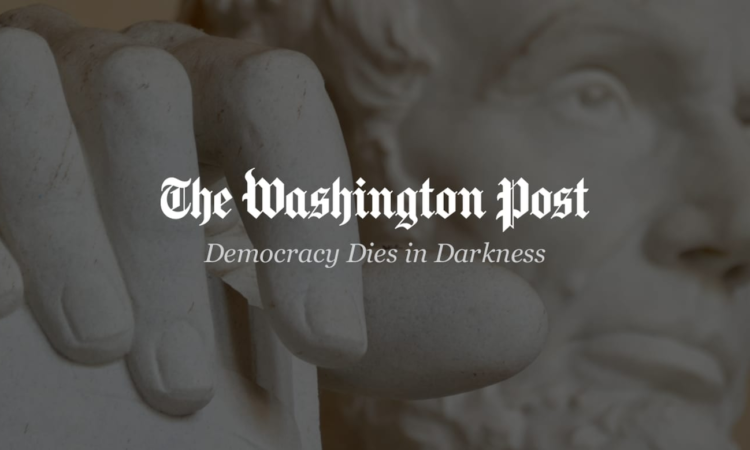
1. How broad are the sanctions?
As of July, the US had sanctions in place against more than 3,600 individuals, entities, vessels and aircraft, according to Castellum.AI, a compliance screening company that maintains count. Targets of US sanctions included the top 10 Russian-owned banks, military manufacturers and government leaders all the way up to Putin. (Some of these sanctions traced back to 2014, when Russia seized Ukraine’s Crimea peninsula.) The number of EU sanctions exceeded 1,800. Other nations with sanctions in place against Russia included Switzerland, Canada, the UK and Australia.
The widest-ranging and most consequential sanctions include the coordinated blocking by Western governments of some $300 billion of Russian central bank assets held abroad and a ban on transporting Russian crude anywhere in the world using Western services, such as insurance or shipping, unless it’s sold at or below $60 per barrel. There are also export restrictions on technology used for military purposes. Additional sanctions include asset freezes, banking and trade restrictions, and other financial penalties against Russian individuals and entities.
3. What effect have they had?
They’ve put Russia’s gross domestic product on a path to be 8% smaller in 2026 relative to its trajectory before the war started, a difference of $190 billion. However, the overall drop in 2022 of 2.1% was far below the 10% collapse that some had predicted, and the economy ended four quarters of contraction in the second quarter of this year. Still, the bite of sanctions leaves marks: Russia’s oil revenue through July stood 41% below what it had been a year earlier. Its current-account surplus — roughly the difference between exports and imports — shrank by more than $140 billion in the first seven months of 2023 compared with a year earlier. The fallout has also put pressure on the ruble, resulting in one of the steepest depreciations in emerging markets this year as a result of heavy government spending against the backdrop of trade imbalances. Beyond the economic impact, Russia has struggled to resupply its military, in part because of weapons and ammunition shortages, while facing severe labor shortages after the call-up of men to fight in Ukraine.
4. How has Russia gotten by?
Using lessons learned from the 2014 sanctions, technocrats close to Putin had steeled the economy against disruption by stowing away windfall energy revenue and making Russia less dependent on some imports. Russia started the invasion with low public debt, a current account in surplus and the National Wealth Fund flush with cash. Also, Russia’s control over vital natural resources — most important, oil and natural gas — meant that sanctions enforcers had to tread carefully to avoid blowback to their own economies. European countries crafted a system of regulations that is supposed to allow Russian energy to flow to developing nations, reducing but not stopping the revenue the Kremlin earns. Some of the world’s most populous countries have continued to trade with Russia, which has also circumvented many export restrictions via third countries.
5. Who still trades with Russia?
When crude sales to Europe slumped, India — which has close defense ties with Moscow — stepped in as a buyer. Turkey, China, Kazakhstan and the United Arab Emirates are supplying Russia with more semiconductors, integrated circuits and other technologies, which the US and its allies tried to block through sanctions. China became Russia’s largest trading partner in 2022, providing more than a third of the country’s imports.
6. What’s the outlook?
The US and its allies want to crack down on the circumvention and evasion of sanctions and trade restrictions, especially through third countries. One possible step would be to ramp up so-called secondary sanctions on third parties — a company based in Turkey or China, for instance — for doing business with sanctioned Russian people or entities. That’s what the US did in the case of North Korea and Iran. In Russia’s case, there’s the danger that secondary sanctions might create conflict between otherwise friendly nations, such as the US and India, and complicate already fraught relations with China.
More stories like this are available on bloomberg.com






